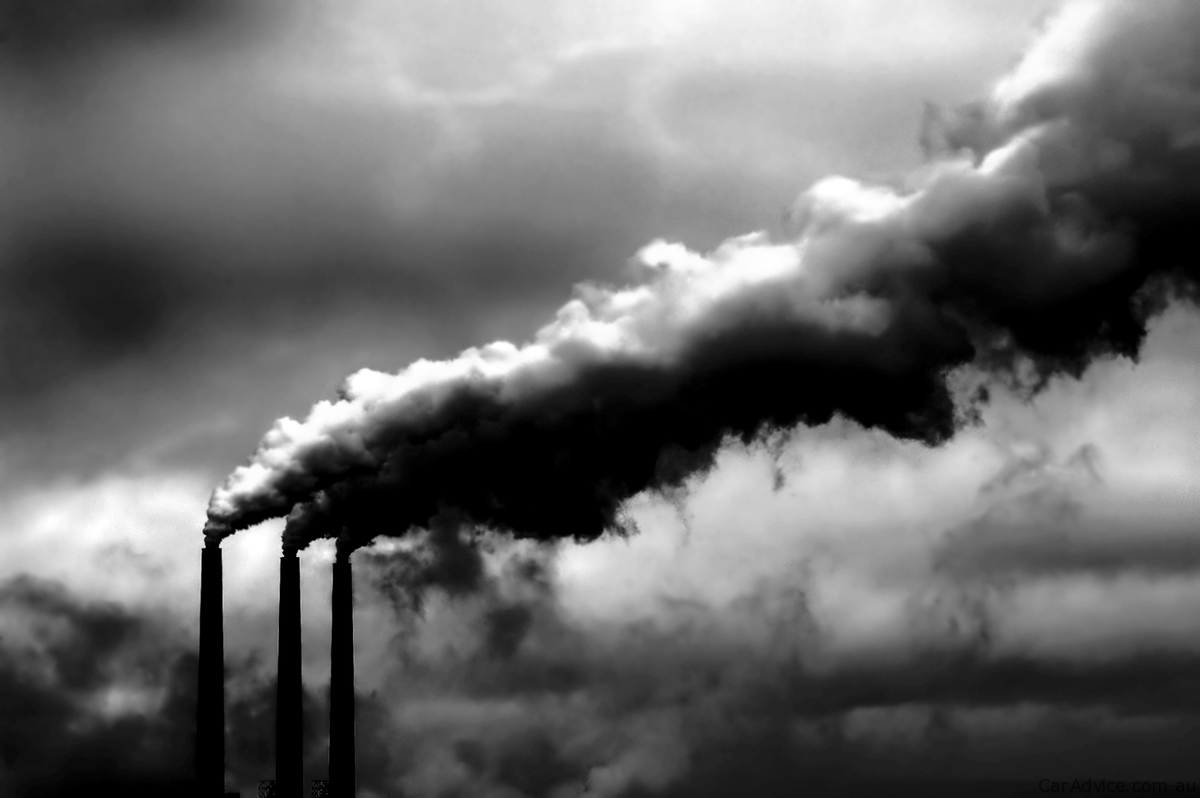As our planet grows warmer every day, our modern civilization must take responsibility for the growing destruction of earth in an effort to preserve what is left for future generations. In 2013, the executive branch released a “President’s Climate Action Plan” with specific new steps that would be taken by one of the largest polluters in the entire world in order to combat climate change and the growing global crisis. The plan lists many different courses of action that will be taken in order to reduce emissions and promote energy efficiency: below are some of the biggest solutions.

The first solution is cutting carbon pollution from power plants. Power plants are the largest concentrated source of emissions in the United States, together accounting for roughly one-third of all domestic greenhouse gas emissions. More than 35 states have renewable energy targets in place, and more than 25 have set energy efficiency targets. Limits have already been set on arsenic, mercury and lead pollution but there is no law preventing power plants from releasing carbon into the air.
In April 2012, The Environmental Protection Agency proposed a carbon pollution standard for new power plants under the Obama Administration. The proposal reflects and reinforces the ongoing trend towards cleaner technologies, with natural gas increasing its share of electricity generation in recent years. With abundant clean energy solutions available, and building on the leadership of states and local governments, the Obama administration aims to continue to drive American leadership in clean energy technologies, such as efficient natural gas, nuclear, renewables, and clean coal technology.

Another huge change is increasing fuel economy standards. Heavy-duty vehicles are currently the second largest source of greenhouse gas emissions within the transportation sector. In 2011, the Obama Administration finalized the first-ever fuel economy standards for Model Year 2014-2018 for heavy-duty trucks, buses, and vans. These standards will reduce greenhouse gas emissions by approximately 270 million metric tons and save 530 million barrels of oil. The Obama Administration has already established the toughest fuel economy standards for passenger vehicles in U.S. history and will continue to do so throughout his term. A lot of work has already been done in his second term to tackle fuel emissions for all new diesel trucks and high performance vehicles. These standards require an average performance equivalent of 54.5 miles per gallon by 2025, which will save the average driver more than $8,000 in fuel costs over the lifetime of the vehicle and eliminate six billion metric tons of carbon pollution which is more than the US produces in a year.
The last huge and important initiative is reducing methane emissions. Curbing emissions of methane is critical to our overall effort to address global climate change. Methane currently accounts for roughly 9 percent of domestic greenhouse gas emissions and has a global warming potential that is more than 20 times greater than carbon dioxide. Across the economy, there are multiple sectors in which methane emissions can be reduced, from coal mines and landfills to agriculture and oil and gas development. For example, in the agricultural sector, over the last three years, the Environmental Protection Agency and the Department of Agriculture have worked with the dairy industry to increase the adoption of methane digesters through loans, incentives, and other assistance. In addition, when it comes to the oil and gas sector, investments to build and upgrade gas pipelines will not only put more Americans to work, but also reduce emissions and enhance economic productivity.